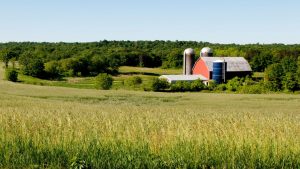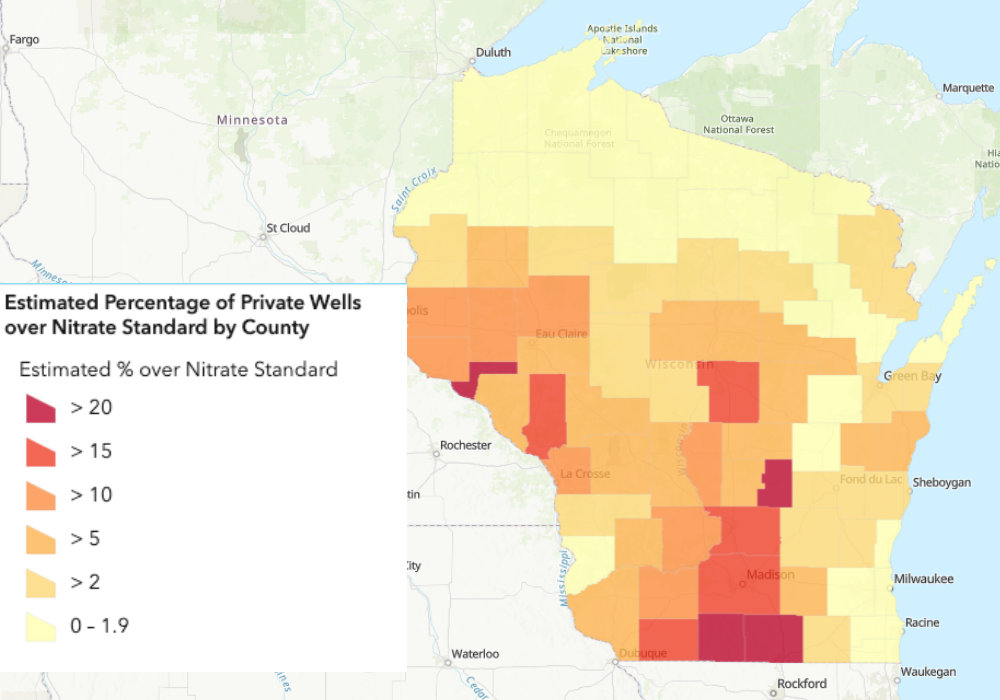Southwest Wisconsin is a part of the state with extensive fractured and porous bedrock and shallow soils, making the groundwater susceptible to contamination. While it was widely assumed that this area had groundwater contamination from nitrates and bacteria, no conclusive study had been conducted.

Clean Wisconsin had encouraged state and local leaders for over two years to fund a study of the three-county region in the southwest corner of the state to determine the extent and sources of contamination to private wells.
In the first round of testing in late 2018, the study found that the percentage of wells in Grant, Iowa, and Lafayette Counties that tested positive for coliform bacteria or above the safe level for nitrate was higher than the state average, with 42 percent of wells tested contaminated with one or both pollutants.
These results prompted Assembly Speaker Robin Vos to form the Speaker’s Task Force on Water Quality.
This study is ongoing, but it has already made clear that groundwater pollution is a serious challenge in Southwest Wisconsin that must be addressed through robust policy and increased funding.


